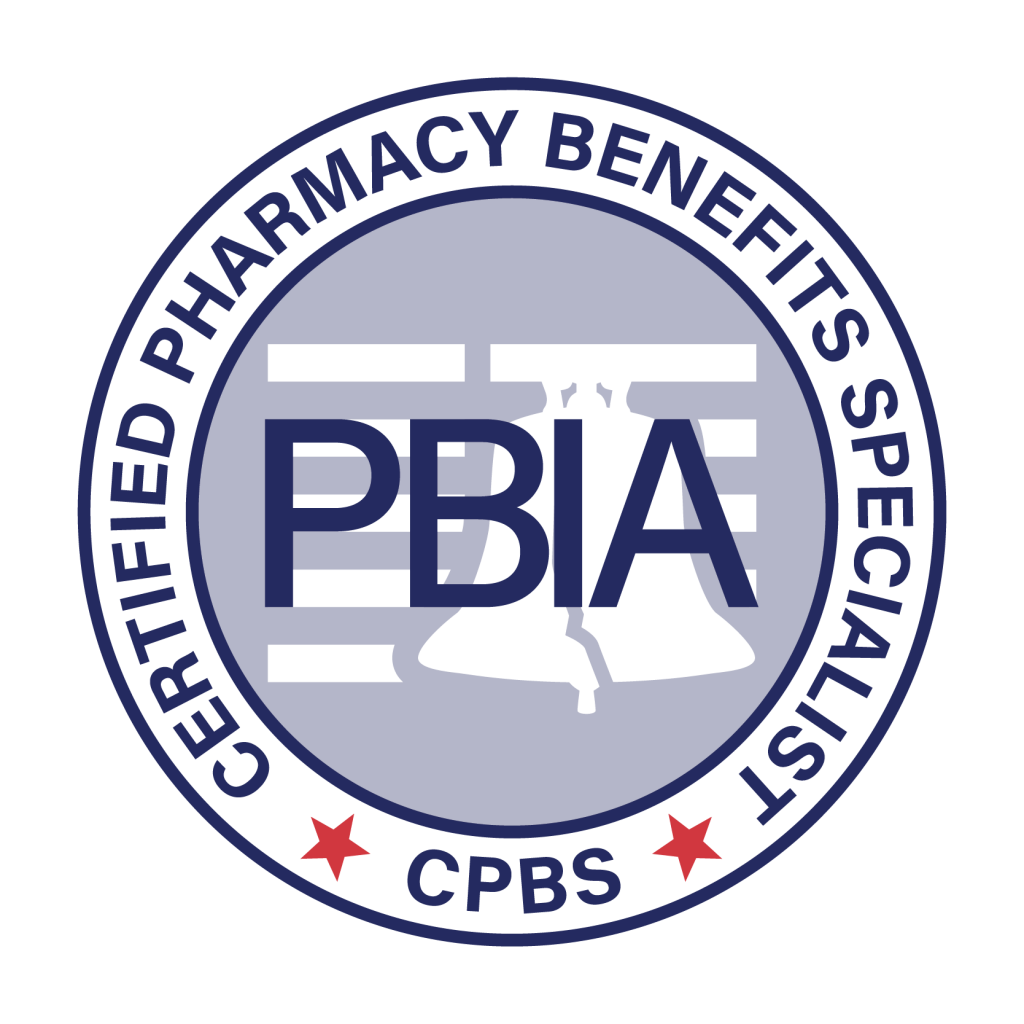Biosimilars shake up US drug market in 2023 and other notes from around the interweb:
- How specialty drug ‘solution stacking’ can rein in pharmacy benefit costs. Brokers and employer groups alike know that 5% to 10% percent of insured workers and their dependents drive 50% to 60% of the cost of pharmacy claims. A few members with prescriptions for a specialty drug with a five-figure price tag can easily represent the majority of an entire group’s pharmacy spend. These drugs are often lifesaving or provide a dramatic quality of life improvement for those who take them. No one would question the necessity of using them. But when a group can mitigate some of the cost without affecting the clinical outcome, it can be a game changer. The broker who unlocks these savings becomes a trusted ally.
- Biosimilars shake up US drug market in 2023 and beyond despite ‘problem of complexity’. Despite the glacial pace of biosimilar uptake in the United States so far, their use is expected to cut drug costs by $54 billion over the next decade, noted a presenter at the 2022 Rheumatology Nurses Society Conference. “We think biosimilars will drive down drug costs by about $54 billion over the next 10 years,” Christopher Palma, MD, ScM, assistant professor in the department of allergy/immunology and rheumatology at the University of Rochester, in New York, told attendees. Part of the reason for this optimism, according to Palma, is the expected entry of as many as 11 Humira (adalimumab, Abbvie) biosimilars into the U.S. marketplace through the end of 2023. AbbVie’s blockbuster Humira is currently the highest-grossing drug in the world, netting the company $16 billion in U.S. revenue and $19.8 billion in global revenue in 2020 alone.
- AHIP study claims hospitals charge double for specialty drugs compared to pharmacies. Hospitals on average charge double the price for the same drugs compared to those offered by specialty pharmacies, according to a new insurer-funded study released as federal regulators ponder a probe into the pharmacy benefit management industry. The study (PDF), released Wednesday by insurance lobbying group AHIP, comes as specialty pharmacies have grown in use among PBMs and payers to dispense specialty products. The study was released a day before a scheduled meeting Thursday of the Federal Trade Commission on whether to probe the competitive impact of PBM contracts and how they could disadvantage independent and specialty pharmacies. “The data are clear, specialty pharmacies lower patient costs by preventing hospitals and physicians from charging patients, families, and employers excessively high prices to buy and store specialty medicines themselves,” said Matt Eyles, president, and CEO of AHIP, in a statement.
- Simplifying Medical Benefit Drug Management Complexities. For the first time ever, specialty medications make up 50% or more of plan sponsors’ total drug spend, despite accounting for only 4% of total pharmacy prescriptions. And within the specialty space, about 40% of drugs are billed through the medical benefit. The current specialty pipeline is full of medications that will be billed under the medical benefit or, in some cases, both medical and pharmacy benefits. Of these drugs, gene therapies, biosimilars and cancer treatments are three critical categories to consider. The growing number of drug approvals and alternative therapies underscore the need for a better way to manage the cost of specialty drugs billed through the medical benefit, which typically lacks the oversight afforded under the pharmacy benefit. Within the pharmacy benefit, plan sponsors have historically been able to apply proven drug trend management strategies that help optimize member access to the most affordable medications and manage overall pharmacy spend.

